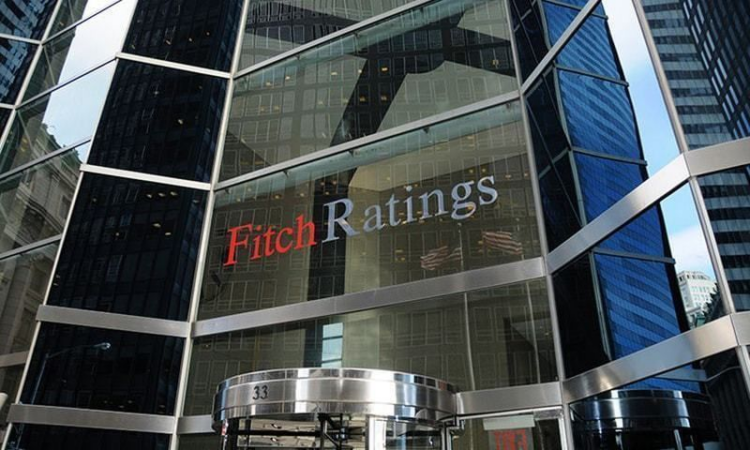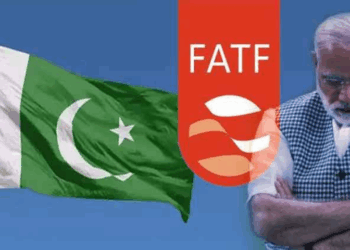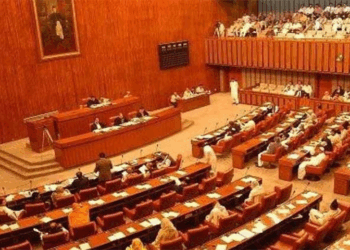Islamabad, April 15, 2025: In a significant boost to investor confidence, global credit rating agency Fitch Ratings has upgraded Pakistan’s long-term foreign-currency issuer default rating from ‘CCC+’ to ‘B-’. The agency cited notable improvements in fiscal consolidation, external account stability, and macroeconomic management. The rating outlook has been classified as stable.
The decision reflects growing optimism over Pakistan’s ability to sustain tighter budgetary controls and implement structural reforms under its renewed engagement with the International Monetary Fund. Pakistan recently reached agreements with the IMF on the continuation of a $7 billion Extended Fund Facility (EFF) and a new $1.3 billion Resilience and Sustainability Facility (RSF).
In its statement, Fitch acknowledged that tight macroeconomic policies are helping to restore international reserves and contain external financing needs, although it warned that the country continues to face high external funding requirements and potential implementation risks.
Finance Minister Senator Muhammad Aurangzeb welcomed the upgrade, describing it as a strong vote of confidence in Pakistan’s economic reform agenda. He stated that the positive rating action would strengthen investor sentiment, attract foreign investment, support trade and employment, and unlock new avenues for financial inflows.
According to the finance minister, the upgrade is expected to improve Pakistan’s access to international capital markets and increase trust among investors, credit institutions, and global stakeholders.
Fitch noted significant improvements in Pakistan’s fiscal metrics. The budget deficit is projected to narrow to 6 percent of GDP in FY25, down from nearly 7 percent the previous year. This shift is being driven by expenditure rationalisation and stronger surpluses from provincial governments. The primary budget surplus is expected to exceed 2 percent of GDP, more than double the previous year’s figure.
Public debt as a percentage of GDP has declined to 67 percent in FY24, compared to 75 percent in FY23, and is forecast to follow a downward trajectory. However, interest payments remain a concern, with the interest-to-revenue ratio projected at 59 percent in FY25 — significantly above the 13 percent median for countries in the same rating category.
Inflation, which has remained elevated over the past two years, is forecast to fall sharply to 5 percent in FY25 before stabilizing around 8 percent in FY26. The State Bank of Pakistan has held its policy rate steady at 12 percent, following aggressive monetary tightening in 2024 to curb inflationary pressures. As a result of these measures, real GDP growth is expected to rebound to 3 percent in the current fiscal year.
Pakistan’s external sector has also shown substantial improvement. A current account surplus of $700 million was recorded during the first eight months of FY25, supported by an increase in workers’ remittances and lower import costs. Gross foreign exchange reserves rose to nearly $18 billion in March 2025, recovering from a low of under $8 billion in early 2023.
Despite this progress, external debt maturities remain significant, with over $8 billion due in FY25 and nearly $9 billion scheduled for repayment in FY26. To manage this, the government expects to secure $10 billion in additional funding during the second half of FY25, primarily through multilateral development banks and commercial channels.
While the economic trajectory has improved, Fitch cautioned that political risks remain a key challenge. Prime Minister Shehbaz Sharif’s coalition government retains a parliamentary majority but lacks a strong public mandate. In addition, institutional fragilities, persistent political tensions, and regional security concerns, particularly along the Afghanistan border, pose continued risks to stability.
Fitch’s Sovereign Rating Model originally assigned Pakistan a score equivalent to ‘CCC+’. However, the rating committee applied a one-notch uplift, citing recent progress in macroeconomic management and inflation control.








